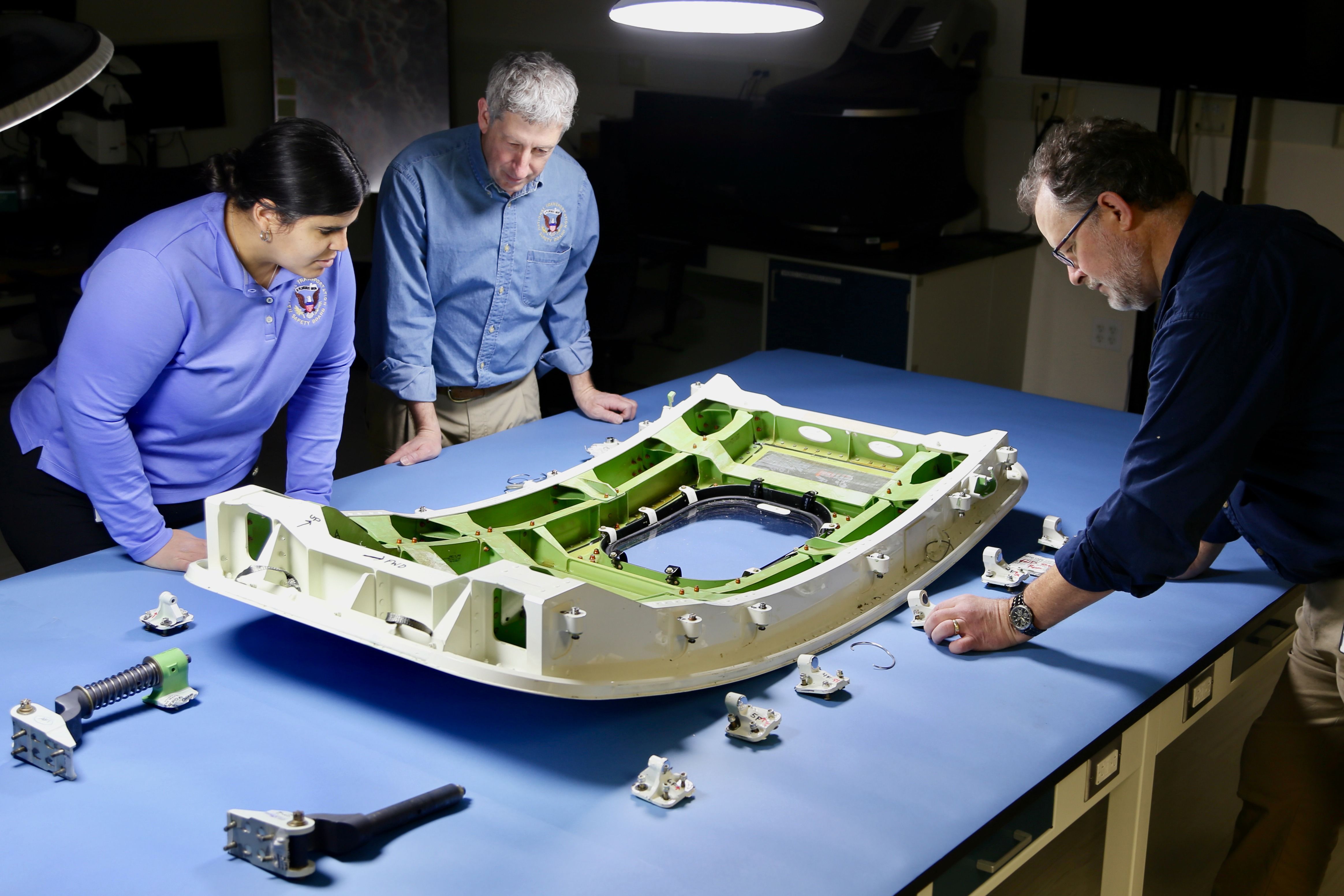Summary One Boeing mechanic said that due to the way that work was organized on the factory floor, he was the only one who could work on all doors on an assembled 737. However, the mechanic was on vacation when the Alaska Airlines Boeing 737 MAX 9 was being assembled. The door plug was opened and later closed, yet the retention bolts were not installed.
In interviews with the National Transportation Safety Board (NTSB), a Boeing mechanic told the investigators that they were on vacation while the Alaska Airlines Boeing 737 MAX 9’s door plug was being repaired at the assembly line in Renton, Washington, the United States. The mechanic also told the NTSB that they were the only one who was able to work on all doors on the 737 MAX 9. Specialized on a task The interview with the unidentified Boeing mechanic was published by the NTSB on July 1, with The Seattle Times going through the material and detailing the step-by-step processes that had led to the Alaska Airlines mid-air door plug blowout in January.

Nevertheless, the mechanic, who began working at Boeing in 1988 before he was fired in 1994 and rehired in 1996, has been working on doors since 1999. “I work on all the doors. [.
..] A lot of people come to me with, hey, what do I do here, what’s going on with this, or how do I fix this, or something like that.
” The Alaska Airlines 737 MAX 9, which was eventually involved in the flight AS1282 mid-air door plug blowout and was returned to Boeing, was being assembled at the manufacturer’s Renton assembly line in September. The mechanic noted that they thought they were the only one who could work on all the doors due to the setup on the factory floor. According to them, people working on doors were specialized on a specific door or a task without the process allowing them to attain the knowledge to do them all.
“[...
] 15 years ago [...
] all our mechanics knew how to do all the doors because of the way we had enough time in the tool.” A closer look at the aircraft component that Alaska Airlines flight AS 1282 brought into the spotlight. On vacation However, as Boeing began producing more 737s , this had changed, with the mechanic identifying that the change had occurred at least ten years ago.
As a result, people working on aircraft were more specialized in each position, according to the employee interviewed by the NTSB . The mechanic confirmed to the NTSB that they were on vacation while the Alaska Airlines 737 MAX 9 mid-exit door plug was being worked on. “So, as far as the mid exit doors, so, if there’s an issue that comes out that a forward entry door needs to be replaced, then I’m the guy that’s going to end up doing that, because nobody else has that much experience doing that.
” In its preliminary report, the NTSB, which recovered the subject door plug from a backyard in Portland, Oregon, US , stated that a day after the fuselage had arrived from Spirit AeroSystems in Renton, a non-conformance record (NCR) was created about damaged rivets on the frame forward of the left door plug. To replace the rivets, the door plug was opened, and after the work had been completed, it was closed. However, the part was closed without the retention bolts, as pictures obtained by the investigators showed.
The two-day hearings will continue on August 7, with the NTSB continuing to interrogate Boeing, Spirit AeroSystems, FAA, and other stakeholders. Noncompliance in Boeing’s processes Meanwhile, during a media briefing in late June, Elizabeth Lund, the senior vice president of quality of Boeing Commercial Airplanes (BCA), remarked that the door plug was opened without the proper paperwork. “So, we believe there was a noncompliance to our processes at that point by having the plug opened without the correct documentation and paperwork.
” Lund continued that the aircraft manufacturer has a so-called move crew, which moves an aircraft during its assembly process. The crew’s duties included preparing an aircraft for open-air weather conditions, with the Boeing executive adding that the aircraft manufacturer believed that the move crew had closed the plug without reinstalling the retention bolts. “The plug has a little bit of an interference fit.
That's how it was able to fly for roughly 150 cycles without being identified. That's how it passed our flight test, because it’s a snug fit, but not a not a permanent fit. So that's what happened.
A defect entered our system from our supply chain. The defect traveled throughout our final assembly.” Lund’s comments, which were later published by the NTSB, resulted in the company being penalized by the board.
The NTSB determined that the executive disclosed non-public information, which resulted in the board stripping Boeing’s rights to work with new, investigation-related material. The Boeing executive's statements related to the Alaska Airlines incident have resulted in sanctions by the NTSB..



















